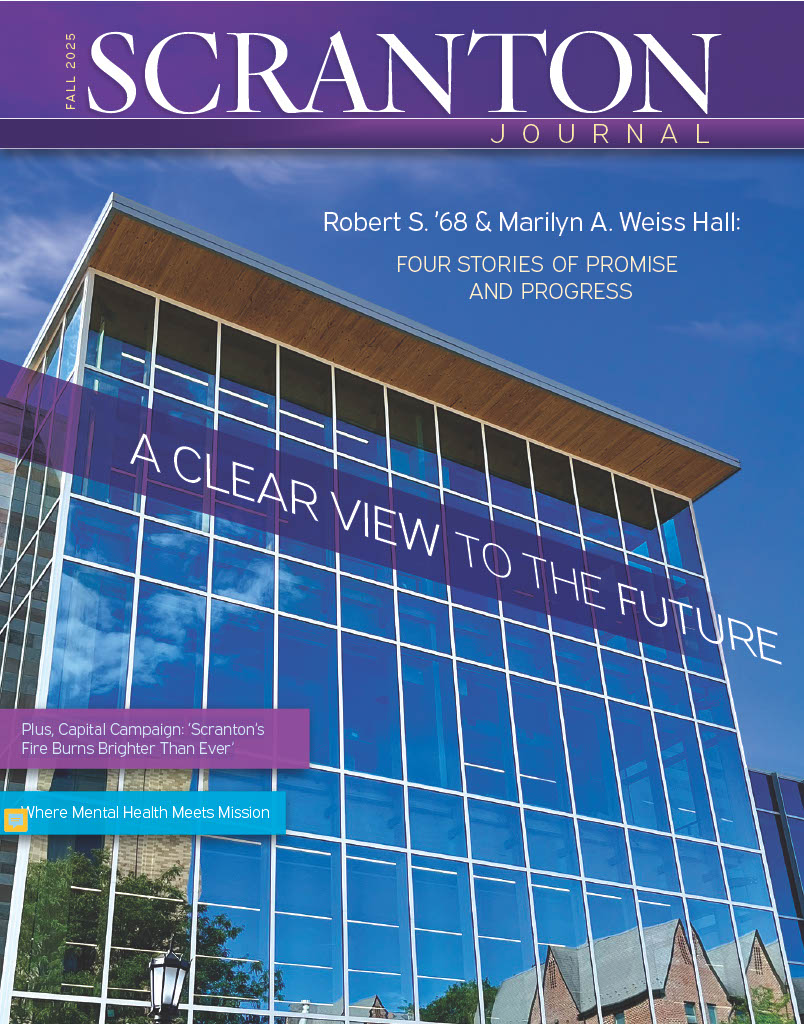Detective Ray McPartland ’97 on What Civilians Can Do to Prepare for an Active Shooter
McPartland occasionally runs civilian training sessions at schools or businesses and said the most important thing for civilians and bystanders to know is that they need to be prepared. The Department of Homeland Security recommends a “Run, Hide, or Fight” approach, which McPartland endorses, and he encourages people to think through those options on a regular day, because you won’t be able to think as clearly when confronted with a potential life-threatening situation.
“If you work in the same place or same office every day, you should be able to figure out, well, how many exits do I have here? Where would I go if he came in that door?” he said. “You have to think about the unthinkable, which nobody wants to do.”
Detective Ray McPartland ’97 on the Future of Counterterrorism Training
The counterterrorism field is constantly adapting as shooters and terrorists become more sophisticated. The media and social-media publicity surrounding these events give perpetrators insight into how law enforcement prepares.
“They publicize the event to such a degree that the next guy watches and reads to see what didn’t work,” said McPartland. “We’ve seen this evolution of shooters that is unfortunate and makes us continue to work harder. Say the last one used body armor, then I’ve got to train officers to shoot differently or be prepared to respond in an alternate manner.”
His training sessions encompass lectures and hands-on tactical training, ranging from exercises with pieces on a board to computer simulations to virtual-reality situations.
McPartland said that training has changed since millennials entered the department. Classroom lecture alone doesn’t always work and that’s where virtual reality training comes in. “We need to adapt to the current audience and that audience is young and tech-savvy. Within the next five or six years, maybe 10 at the most, that will be the way the way the trainings are going. It offered a lot of opportunities to do things I could never do in a reality-based training, like surrounding the trainees with another 50 or 60 virtual people on a digitally rendered city street. I don’t have the personnel, resources, or time to do that in real training,” he said.


